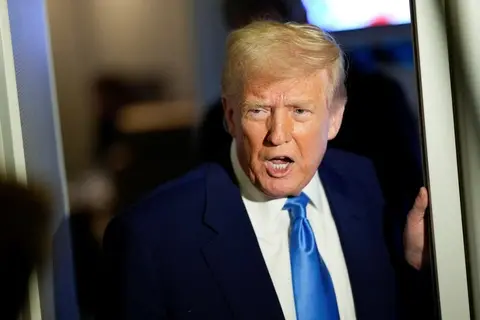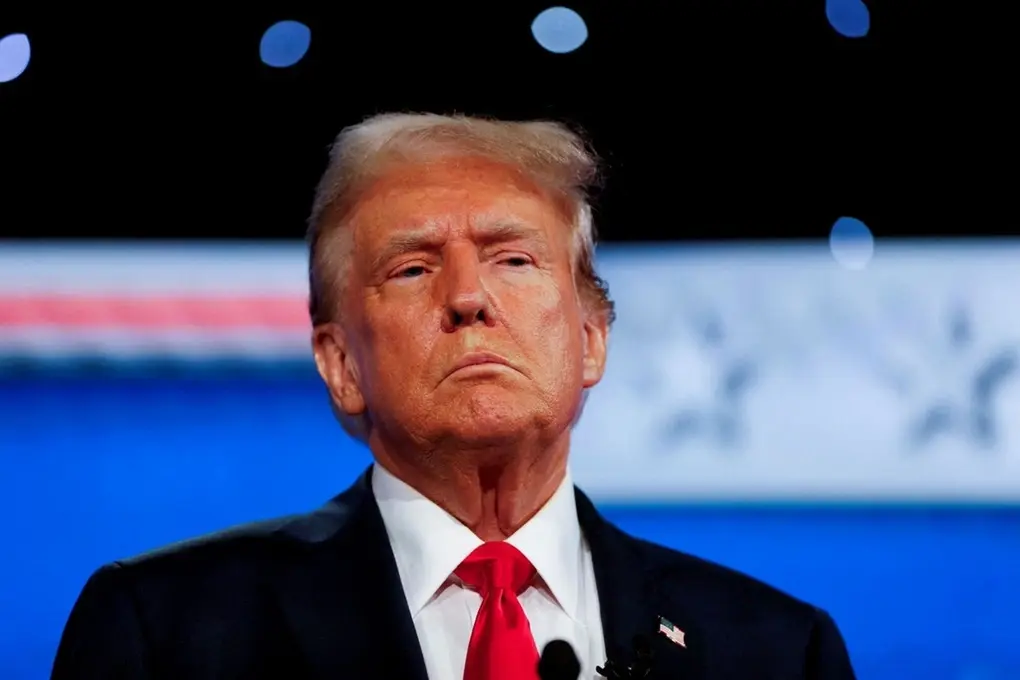Donald Trump’s second term began with bold promises but quickly descended into a whirlwind of missteps and reversals, cementing his first 100 days as a case study in chaos. From day one, the administration Ascending to power on January 20, 2025, Trump issued a record 26 executive orders, including withdrawing from the World Health Organization and pardoning January 6 rioters, setting a confrontational tone. Yet, these moves, meant to project strength, often unraveled under scrutiny or legal challenges, exposing a lack of preparation. Rachel Maddow, on MSNBC, noted, “Just because they’re trying to do really bad things doesn’t change the fact that they’re also just really bad at everything they try to do.”

A prime example is the administration’s immigration policy. Trump’s push for mass deportations faltered as courts blocked key measures, with one federal judge citing “probable cause” for contempt due to ignored stay orders. Promises of a border wall, a cornerstone of his 2016 campaign, saw little progress, mired in funding disputes. The Washington Post reported that deportations haven’t significantly increased, undermining the administration’s tough rhetoric. Economic pledges also stumbled. Tariffs announced on April 2 sparked market volatility, forcing a partial retreat by April 9 as businesses warned of price hikes. Elon Musk’s Department of Government Efficiency, tasked with slashing $1 trillion, scaled back to $150 billion, with critics like The New York Times calling the figures “made-up.”
Foreign policy was equally turbulent. Trump’s claim that a U.S. aircraft carrier was heading to North Korea was debunked when it was found 3,500 miles away, headed in the opposite direction. His push to control Gaza for redevelopment drew global outrage, while his pressure on Ukraine to cede territory to Russia weakened alliances. At the Munich Security Conference, Vice President JD Vance’s criticism of European leaders further strained ties, signaling a shift from traditional U.S. support. Posts on X reflected public frustration, with users like @Kathryn42199447 decrying “government chaos with mass firings” and “plunging approval ratings.”
The administration’s attack on academia also backfired. Targeting universities like Harvard for alleged anti-Semitism, Trump froze $2.2 billion in grants, halting critical medical research. Harvard’s defiance, backed by legal scholars, exposed the move as overreach. TIME reported Trump’s clemency for January 6 rioters set a divisive tone, while his gutting of federal agencies impaired tax collection and Social Security administration.
Trump’s defenders argue he’s reshaping a broken system, but the lack of legislative wins—despite Republican majorities—echoes his first term’s struggles. The Washington Post labeled his 100 days a “historic failure,” noting unprecedented executive power wielded without safeguards. As approval ratings dip, per TIME, Trump’s chaotic start risks a recession and eroded global trust. Historians, cited by The Washington Post, struggle to find parallels for such disruption. Whether this is a bold disruption or reckless incompetence, Trump’s first 100 days have left America reeling, with the world watching a presidency defined by stumbles and frantic course corrections.






